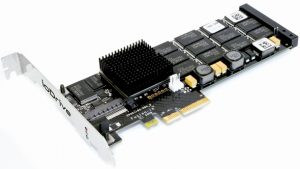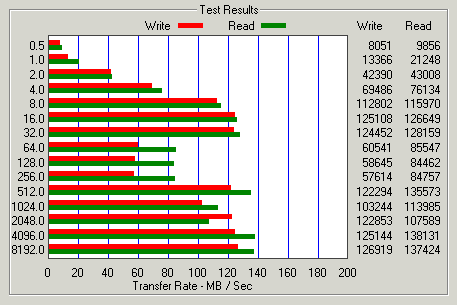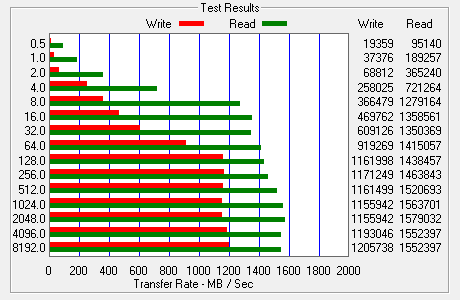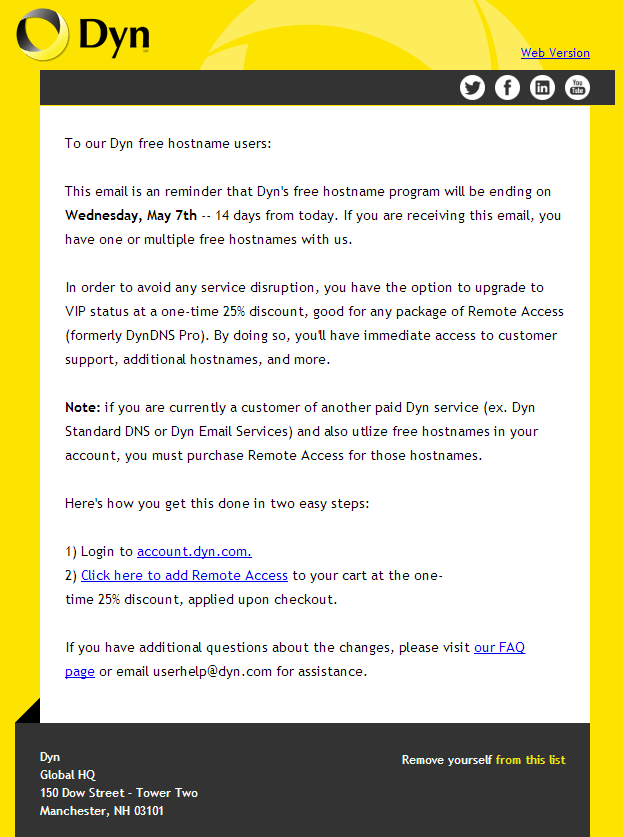I am currently in Hong Kong and needed a printer. Normally I just order from Dell but they don’t seem to be in the printer market in Hong Kong.
I found a low cost printer from Canon Hong Kong’s online shop that met my requirements. Placed the order, paid by credit card… Delivery address is the same as billing address of the credit card… case closed right?
Not so fast!
I get an email from their online shop, which says the order was received. The odd part is this:
We shall confirm whether or not your order is accepted by us within 10 working days.
I think that is quite crazy, but I can live with that.
The following day I get another email that says the order has been accepted and they will deliver the printer within 10 working days.
To compelete the order these are the things I must do for them to continue processing the order:
1) Print out the email
2) Make a copy of my identity card or passport
3) Make a copy of the credit card I used to place the order
4) Print and sign an authorization form if I am not available that reads:
Authorization Form
To: Canon Hongkong Co., Ltd. (Canon online shop),
I ___________________ with Hong Kong/Macau identity card or passport No.:____________________ hereby authorize ______________________ with Hong Kong/Macau identity card or passport No.:_______________ to collect the product for my online order in Canon Hongkong Co., Ltd. shopping web site.
___________________________________
Signature
Date: ________________
Now keep in mind I don’t have a printer, I’m trying to order one. Essentially all that work of printing, scanning and document signing is too much effort.
In their email they say all of the above items must be present together with the authorized person (me) at the time of delivery. If not they may not dispatch the goods and they wanted verification that the above would all be available at the time of delivery.
Since in the email they said they will not complete my order unless I do all the above steps I decided just to cancel the order.
No reply.
The next day I get a phone call from Canon’s delivery team. They are calling to confirm delivery. I said no, I canceled the order (plus I had not completed all their documents so the order should not have been going through anyway).
A few hours later I got a phone call from someone else at Canon. He said I could just show the driver a printout of the email, rather than printing it. That would be OK, but I still could not scan/print my ID and credit card.
He asked if I would like a refund. Obviously I would, I will not be taking possession of the new printer. He stated that would be fine, it would take 40 – 60 days to refund the purchase amount to my credit card.
Hong Kong – Behind The Times
Not to just pick on Canon, but Hong Kong is years (a decade?) behind other countries I have lived with their online shopping. In 1997 I started working at an online company. Over the next few years we grew to do 50 million USD revenue monthly – all online. We had an entire department for fraud prevention which is what Canon is obviously trying to do here.
Canon is not some small company, why does Hong Kong shopping lag behind other countries. I’ve never ordered from Canon USA but I bet the experience would be nothing like this.
By getting the copies of documents and the signed letter they are trying to prevent a chargeback against the credit card. That’s all fine and good, but lets see what would happen here if I was using a stolen credit card.
Since they have gone ahead and billed my credit card and are saying they will give a refund in 40 – 60 days. If it was a stolen credit card, the card owner would be doing a chargeback when they see an unauthorized charge on their card.
They will not be getting a chargeback as long as they issue the refund to me, but their processes seem seriously flawed to me. Hong Kong in general has a long way to go with their use of online shopping and online websites in general…. Seems there is plenty of opportunity for building quality websites and online shopping system for Hong Kong but I’m not in that business but the opportunity is there for someone.

 Have you ever tried to remotely test an SSL/TLS certificate on an email server?
Have you ever tried to remotely test an SSL/TLS certificate on an email server?





